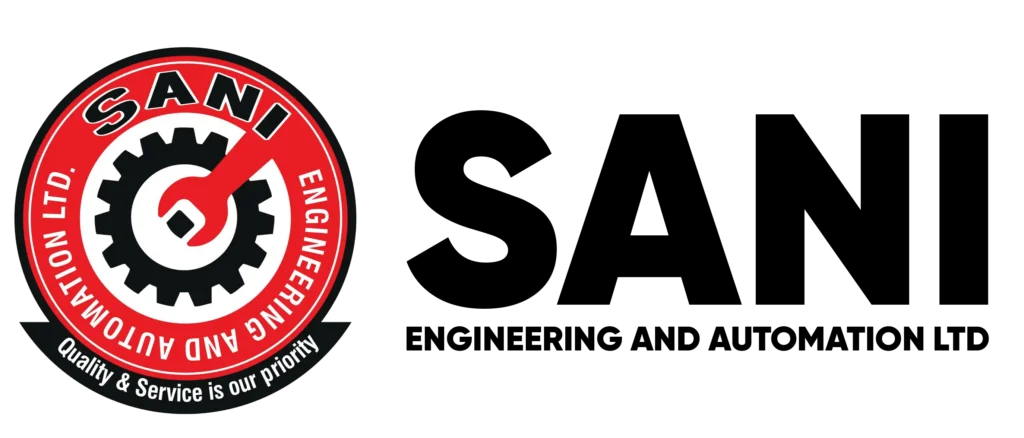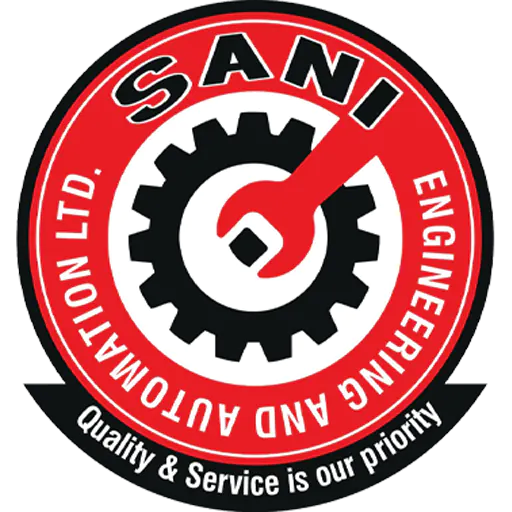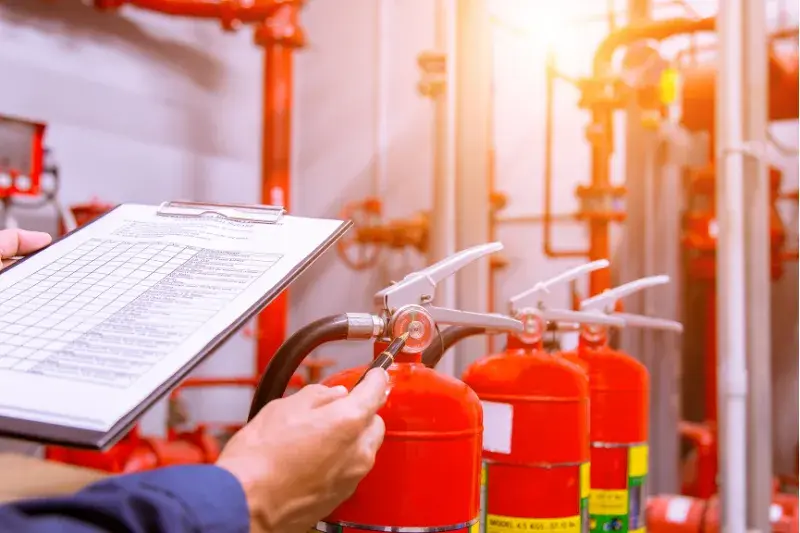Investing in fire safety isn’t just a legal box to tick—it’s protection for your people, your assets, and your business continuity. But what should a Ugandan business budget for? The truth is: costs vary with building size, risk level, and the type of systems installed. Below is a breakdown of key cost drivers to help you plan with confidence.
What are the main cost components?
- Equipment purchase & installation – fire extinguishers, smoke detectors, alarms, hydrants, sprinklers, emergency lighting. In Uganda, smoke alarms can start around UGX 79,000 (≈ US$21) and fire extinguishers from a few hundred thousand shillings, depending on the type.
- Design & regulatory compliance – budget for assessments, layout planning, permits, and compliance with local fire codes.
- Training & drills – staff fire-warden training, evacuation drills, refresher sessions.
- Maintenance & servicing – regular checks, refilling extinguishers, testing alarms, replacing parts.
- Upgrades & expansion – as your business grows or risk profile changes, you may need to upgrade.
What ballpark figures should you expect?
Because published local rates are limited, use this approach:
- Small office (1-2 storeys, low risk): Around US$1,000-3,000 for basic setup (extinguishers, alarms, signage, training).
- Medium facility (factory, warehouse, retail): Could range from US$5,000-20,000+ depending on system complexity.
- High-risk site (chemical, large warehouse, high-rise): Often US$20,000-100,000+, including sprinklers, hydrants, and full installations.
These numbers are illustrative—exact quotes depend on your site assessment and local supplier pricing.
Why does cost vary so much in Uganda?
What factors drive variation?
- Risk category: Offices face lower risk than workshops with combustible materials.
- Building size & height: More floors = more zones, more detectors, higher cost.
- System complexity: Basic alarms vs full sprinkler or gas suppression systems.
- Equipment quality: Imported vs local, branded vs generic.
- Maintenance culture: Poor maintenance leads to frequent replacements and higher lifetime costs.
- Regulatory & insurance requirements: Some insurers require advanced systems, increasing total cost.
What are typical hidden costs?
- Employee training and re-training.
- Downtime during installation or testing.
- Replacement of outdated systems.
- Compliance audits.
- Consumables (refills, signage, batteries, labels).
Recognising these helps you create a more accurate budget.
How can you budget smartly for fire safety?
What steps should businesses take?
- Conduct a fire-risk assessment: Engage a certified professional (like Sani Engineering & Automation Ltd) to identify hazards and requirements.
- Break costs into phases: Start with essentials (extinguishers, alarms, signage) and scale up gradually.
- Shop for quality & warranties: Choose systems with reliable servicing and replacement parts.
- Plan maintenance budgets: Allocate 5-10% of your initial equipment cost annually for servicing and training.
- Engage your insurer: Fire-safety investments can sometimes reduce premiums.
- Monitor & review regularly: Annual reviews ensure systems remain effective and compliant.
What are cost-saving tips without compromising safety?
- Buy quality local products with certifications.
- Train internal staff for routine fire drills.
- Bundle maintenance contracts to avoid sudden expenses.
- Replace only what’s outdated—use modular systems to phase upgrades.
- Keep good documentation for audits and insurance.
What must your business include in a fire-safety budget?
Which items are non-negotiable?
- Fire extinguishers suited to your risk type (water, foam, CO₂, powder).
- Smoke detectors, alarms, emergency lighting, and exit signage.
- Fire-escape plans and marked exits.
- Staff training and evacuation drills.
- Regular maintenance checks and logs.
- Documentation and compliance certificates.
Which items might you consider as enhancements?
- Automatic sprinkler or suppression systems.
- Hydrant systems, wet risers, or dry risers for multi-storey buildings.
- Fire-resistant doors and walls.
- Advanced detection or integrated monitoring systems.
What returns should you expect from fire-safety investment?
- Reduced business interruption: A proper system can minimize downtime after incidents.
- Lower insurance costs: Strong fire-safety measures often lead to better premium rates.
- Improved employee confidence: A safe workplace boosts morale and productivity.
- Regulatory and reputational benefits: Compliance strengthens your brand and trust with clients.
- Long-term savings: The cost of a well-maintained fire-safety system is far less than fire damage losses.
Frequently Asked Questions (FAQ)
Q: How often should fire-safety equipment be serviced in Uganda?
A: At least once a year for extinguishers and alarms. Some components, like batteries or sensors, should be checked every six months.
Q: Can I start small and expand my fire-safety system later?
A: Yes. Start with essential items and plan for phased upgrades as your business grows.
Q: Do all businesses need sprinkler systems?
A: No. Small or low-risk businesses may only require alarms and extinguishers, while high-risk facilities need advanced suppression systems.
Q: Are imported systems better than local ones?
A: Not necessarily. Locally available, certified systems can be just as effective and easier to service.
Q: How much should I budget annually for maintenance?
A: Around 5–10% of your total initial fire-safety investment.
Final Thoughts
Budgeting for fire safety in Uganda is not just about compliance—it’s about safeguarding your business and people. When you understand your risks and plan in phases, the costs become manageable.
At Sani Engineering & Automation Ltd, we believe fire safety is an investment that pays off in reliability, protection, and peace of mind. Whether you’re setting up a new business or upgrading existing systems, our experts can help design, install, and maintain effective fire-safety solutions tailored to your budget.



